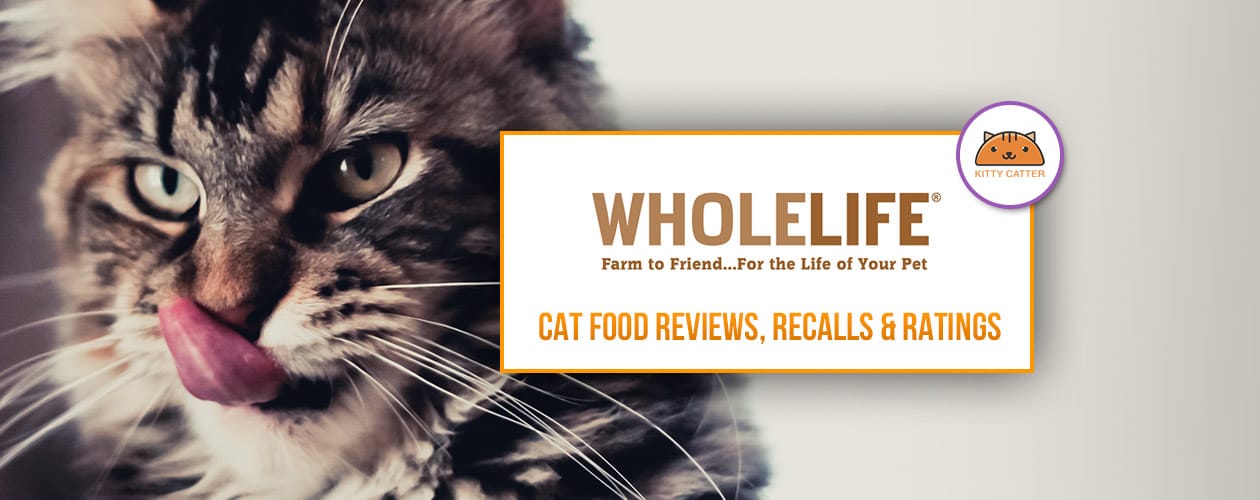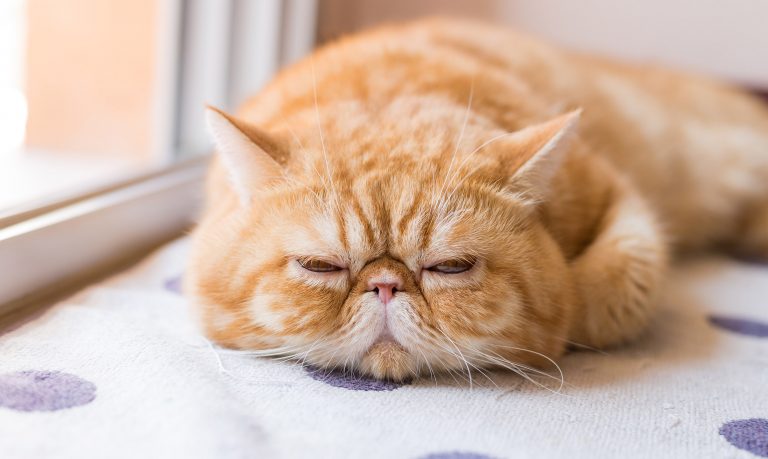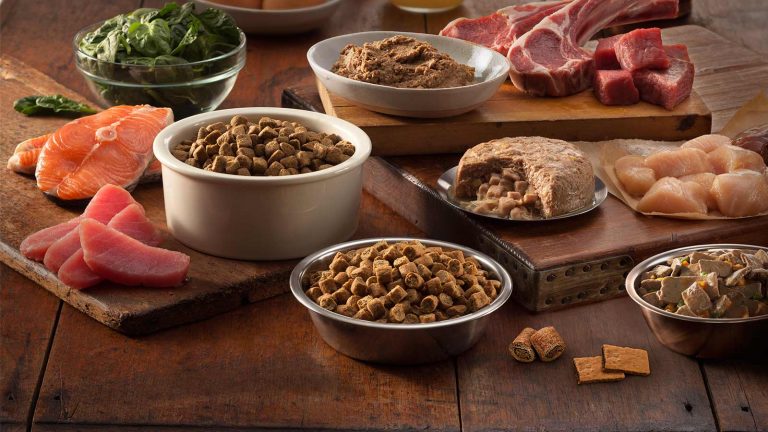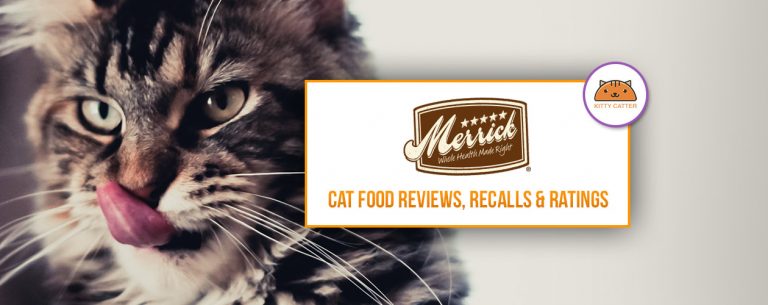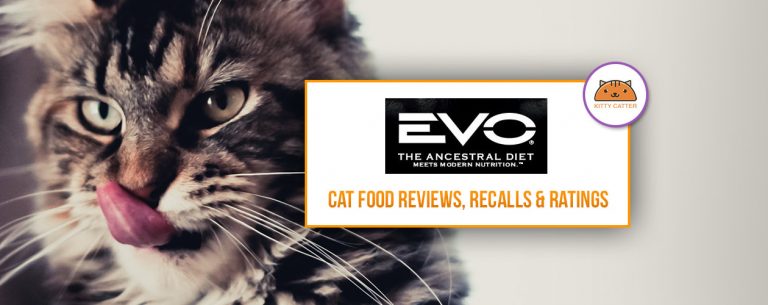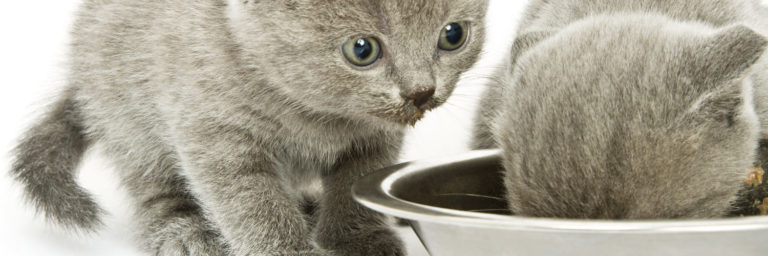Whole Life Cat Food Review
Contents of Article
- Whole Life was founded by John Gigliotti in 2009.
- What types of cat food does Whole Life offer?
- Whole Life Cat Food Formulas
- Has Whole Life cat food ever been recalled?
- Whole Life Cat Food Coupons 2023
- Where can you buy Whole Life cat food?
- What do customers think of Whole Life cat food?
- Whole Life LifeBites Chicken Recipe Grain-Free Freeze-Dried Cat Food Review
Whole Life was founded by John Gigliotti in 2009.
Having been inspired by the national melamine recalls of 2007, transparency and trust have always been cornerstones of the company’s unique selling proposition.
Whole Life products are sold in the United States and Australia. The food has relatively limited availability in stores, so be sure to check with brick-and-mortar retailers before making a trip. Their treats are widely distributed in Petco stores and other retailers. You can also purchase Whole Life products online through Petco, Amazon, Chewy, and PetFlow.
Click here to find a Whole Life retailer near you.
The Whole Life website asserts that “our goal is to be the most transparent pet food and treat company on earth.”
So what is Whole Life doing that’s more transparent than most other pet food companies?
For one, they’re open about sourcing. Whole Life publishes a sourcing guide that allows you to trace every ingredient the company uses. The Whole Life Farm-to-Friend guarantee ensures that all ingredients are 100% traceable and completely produced in the USA.
Secondly, each bag features a lot code that allows you to view lab test results for the specific batch. This lets you verify that the food tested negative for e.coli, salmonella, listeria, and staphylococcus aureus.
All Whole Life products are made in a company-owned facility in Pittsfield, Massachusetts.
What types of cat food does Whole Life offer?
All Whole Life foods are freeze dried raw products.
Freeze drying comes with a couple of key benefits. Freeze dried food retains all of the nutrients found in raw meat, but it’s not as risky from a sanitation perspective. Freeze dried foods are shelf-stable, so you don’t have to refrigerate them.
In freeze drying, the raw product is first flash frozen, then placed in a vacuum chamber, where the ice crystals evaporate, effectively dehydrating the food. Once the food has reached a low moisture content of about 1-4%, it’s ready for sale.
Whole Life offers just two freeze dried cat food formulas, along with five different freeze-dried treats for cats.
All of the recipes are made with human grade ingredients and are free from animal by-products, grains, artificial colors, artificial flavors, or chemical preservatives.
Whole Life Cat Food Formulas
LifeBites Cat Food
- Chicken Recipe
- Duck Recipe
- Salmon Recipe
Just One Treats for Cats
Whole Life is probably best known for their treats. These treats are exceptionally simple – just dehydrated chunks of meat.
- Chicken
- Turkey
- Beef
- Salmon
- Cod
Has Whole Life cat food ever been recalled?
Since its creation in 2009, Whole Life has never been recalled.
Whole Life Cat Food Coupons 2023
Where can you buy Whole Life cat food?
Whole Life products are sold in the United States and Australia. The food has relatively limited availability in stores, so be sure to check with brick-and-mortar retailers before making a trip. Their treats are widely distributed in Petco stores and other retailers. You can also purchase Whole Life products online through Petco, Amazon, Chewy, and PetFlow.
Click here to find a Whole Life retailer near you.
What do customers think of Whole Life cat food?
Whole Life’s line of treats gets more attention than their food formulas.
Most customers rate Whole Life cat treats very positively, saying that they like the wholesome simplicity and that their cats love the flavor. Most negative reviews relate to palatability or crumbling in the bag.
The LifeBites cat food is less popular than Whole Life’s line of treats. Although comments are generally neutral or positive, a significant percentage of reviewers say that the food is unappealing to their cats or crumbled to dust in the bag.
Whole Life’s LifeBites chicken cat food has 10 reviews on Chewy, earning it a 3.6 out of 5 stars. 80% of the reviewers say they’d recommend this product.
Here’s what they have to say about it:
Positive Reviews
“I have two cats. My male will eat pretty much anything you give him. My female on the other hand turns her nose up at everything. I had to add tuna or fresh chicken to her food to entice her to eat. I buy quality, grain free foods and that is the hardest to get them to eat. Not anymore! I sprinkle a small amount of this on their food and they both eat eagerly. Also is a great treat to give them anytime!” – Sonnycat14
“Crush the bites and the cats will eat these. My 2 cats would not eat them until I crushed them. They are soft and cats eat them easily.” – Tulum
Negative Reviews
“If you like to drink green kale shakes then you might be okay with this. I wasn’t. Neither was kitty. He would not even try it. I tried it dry which is kind of like feeding kitty chunks of dust. I tried it wet. No go. I feed some stray cats that roam the neighborhood. They won’t eat it either. Sorry, great idea that is expensive and just not good.” – Dixkitty
“I have 10 cats; 9 of which love freeze dried raw (Stella & Chewys & Northwest Naturals) so I wanted to try Whole Life. Unfortunately none of my cats would eat it… they took small taste of it and refused to eat anymore. I tried giving it to a couple foster cats that usually eat anything and they refused it as well. I guess they know something might be wrong with the ingredients???” – chicatlady
Read more customer reviews on Chewy.
Whole Life LifeBites Chicken Recipe Grain-Free Freeze-Dried Cat Food Review
First 5 Ingredients: Chicken, Sweet Potato, Chicken Liver, Peas, Yogurt
Like all Whole Life products, this cat food is freeze-dried. This gives you two serving options. You can pour it into the bowl and serve it dry like kibble or you can rehydrate the food with warm water. Because of increased palatability and hydration, the second preparation option is ideal.
The food centers around chicken meat, but it contains a lot more than just freeze-dried chicken – this recipe contains a wide range of fruits, vegetables, and other ingredients. Let’s take a closer look.
The first ingredient is chicken. Fresh chicken is a nutrient-dense and protein-rich choice for your cat – it’s a good choice for the first ingredient. However, it’s followed up by sweet potato, which, despite being more nutrient-dense than white potato, is carbohydrate-heavy and not an ideal source of nutrition for a carnivorous feline.
The next ingredient is chicken liver, which is a species-appropriate source of nutrients for your cat. Chicken liver is followed by peas, which are rich in B vitamins, but not a species-appropriate ingredient. Yogurt contains live active cultures, which support digestive and immune health. Unlike some other dairy products, yogurt is relatively low in lactose, so it’s safe for cats to eat in small quantities.
Cranberry is rich in antioxidants and may be able to support urinary tract health.
The next ingredient is flaxseed, which is a plant source of alpha-linolenic acid or ALA – a type of omega-3 fatty acid. While omega-3 fatty acids have anti-inflammatory properties and can contribute to a healthy skin and coat, cats cannot effectively convert ALA to anti-inflammatory EPA and DHA. It’s better for them to get DHA and EPA directly from animal sources, like fish oil and krill oil.
Flaxseed is followed by chia seeds, which add fiber to the food. The recipe concludes with necessary amino acid, vitamin, and mineral supplementation, making this a nutritionally complete and balanced diet.
The guaranteed analysis indicates that the food is 45% minimum crude protein, 25% minimum crude fat, and about 23% carbohydrate.
About 80% of the protein in this recipe is from animal sources. For someone passionate about choosing species-appropriate cat food, that just isn’t enough. Combine that with sweet potato as the second ingredient, touches of other plant ingredients, and a carbohydrate percentage similar to some kibble, and you have a cat food that isn’t exactly a species-appropriate dream.
The food comes in a 16-oz bag and, according to the company’s feeding guidelines for the average 10-lb cat, costs about $1.48 daily.
This daily feeding cost estimate is based on Chewy prices and excludes shipping costs.

